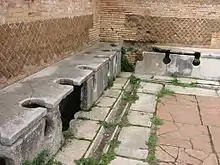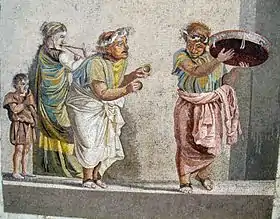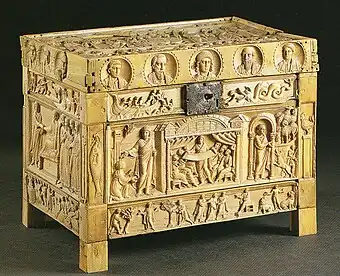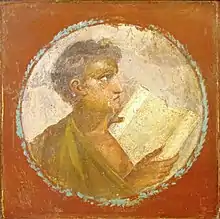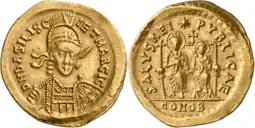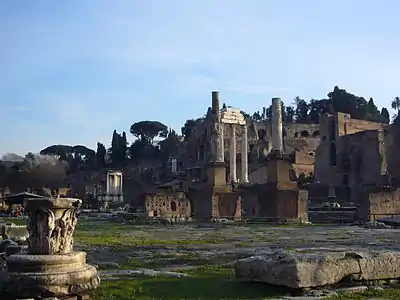The Ancient Rome portal The Colosseum .png.webp) A bust of Gaius Julius Caesar In modern historiography, ancient Rome encompasses the founding of the Italian city of Rome in the 8th century BC, the Roman Kingdom (753–509 BC), Roman Republic (509–27 BC), Roman Empire (27 BC– 395 AD), and the collapse of the Western Roman Empire in the 5th century AD. Ancient Rome began as an Italic settlement, traditionally dated to 753 BC, beside the River Tiber in the Italian Peninsula. The settlement grew into the city and polity of Rome, and came to control its neighbours through a combination of treaties and military strength. It eventually controlled the Italian Peninsula, assimilated the Greek culture of southern Italy (Magna Grecia) and the Etruscan culture, becoming a dominant power in the Mediterranean region and parts of Europe. It was among the largest empires in the ancient world, with an estimated 50 to 90 million inhabitants, roughly 20% of the world's population at the time. It covered around 5 million square kilometres (1.9 million square miles) at its height in AD 117. The Roman state evolved from an elective monarchy to a classical republic and then to an increasingly autocratic semi-elective military dictatorship during the Empire. Through conquest, cultural, and linguistic assimilation, at its height it controlled the North African coast, Egypt, Southern Europe, and most of Western Europe, the Balkans, Crimea, and much of the Middle East, including Anatolia, Levant, and parts of Mesopotamia and Arabia. It is often grouped into classical antiquity together with ancient Greece, and their similar cultures and societies are known as the Greco-Roman world. Ancient Roman civilisation has contributed to modern language, religion, society, technology, law, politics, government, warfare, art, literature, architecture, and engineering. Rome professionalised and expanded its military and created a system of government called res publica, the inspiration for modern republics such as the United States and France. It achieved impressive technological and architectural feats, such as the empire-wide construction of aqueducts and roads, as well as more grandiose monuments and facilities. (Full article...) Selected article -The First Punic War (264–241 BC) was the first of three wars fought between Rome and Carthage, the two main powers of the western Mediterranean in the early 3rd century BC. For 23 years, in the longest continuous conflict and greatest naval war of antiquity, the two powers struggled for supremacy. The war was fought primarily on the Mediterranean island of Sicily and its surrounding waters, and also in North Africa. After immense losses on both sides, the Carthaginians were defeated. The war began in 264 BC with the Romans gaining a foothold on Sicily at Messana (modern Messina). The Romans then pressed Syracuse, the only significant independent power on the island, into allying with them and laid siege to Carthage's main base at Akragas. A large Carthaginian army attempted to lift the siege in 262 BC but was heavily defeated at the Battle of Akragas. The Romans then built a navy to challenge the Carthaginians', and using novel tactics inflicted several defeats. A Carthaginian base on Corsica was seized, but an attack on Sardinia was repulsed; the base on Corsica was then lost. Taking advantage of their naval victories the Romans launched an invasion of North Africa, which the Carthaginians intercepted. At the Battle of Cape Ecnomus the Carthaginians were again beaten; this was possibly the largest naval battle in history by the number of combatants involved. The invasion initially went well and in 255 BC the Carthaginians sued for peace; the proposed terms were so harsh they fought on, defeating the invaders. The Romans sent a fleet to evacuate their survivors and the Carthaginians opposed it at the Battle of Cape Hermaeum off Africa; the Carthaginians were heavily defeated. The Roman fleet, in turn, was devastated by a storm while returning to Italy, losing most of its ships and over 100,000 men. (Full article...)General imagesThe following are images from various ancient Rome-related articles on Wikipedia.
Selected biography -Basiliscus (Greek: Βασιλίσκος, translit. Basilískos; died 476/477) was Eastern Roman emperor from 9 January 475 to August 476. He became magister militum per Thracias in 464, under his brother-in-law, Emperor Leo I (r. 457–474). Basiliscus commanded the army for an invasion of the Vandal Kingdom in 468, which was defeated at the Battle of Cape Bon. There were accusations at the time that Basiliscus was bribed by Aspar, the magister militum; many historians dismiss this, instead concluding that Basiliscus was either incompetent or foolish for accepting Vandal King Gaiseric's offer of a truce, which the latter used to construct fireships. Basiliscus's defeat cost the Eastern Empire 130,000 pounds (59,000 kg) of gold, causing the empire to hover above bankruptcy for 30 years. When Basiliscus returned to Constantinople, he sought refuge in the Church of St. Sophia. His sister, Empress Verina, secured him a pardon and he left the church to retire in Neapolis. When Emperor Leo died in 474, his grandson Leo II (r. 474) took power, but soon died; his father, Zeno (r. 474–475, 476–491) ascended the throne in the same year, in a politically precarious position. Verina conspired to install the magister officiorum Patricius, her lover, as emperor. This plot was supported by Basiliscus, who succeeded in recruiting Isaurian brothers Illus and Trocundes, as well as Verina's nephew Armatus. Zeno fled on 9 January 475, either after learning of the plot or after Verina warned him that his life was in danger. Although Patricius was Verina's intended successor, Basiliscus convinced the Eastern Roman Senate to acclaim him instead. (Full article...)Did you know?
Related portalsTopicsCategoriesCategory puzzle Select [►] to view subcategories
Ancient Rome Ancient Rome by period Ancient Rome-related lists Set index articles on ancient Rome Ancient Roman studies Ancient Rome in art and culture Ancient Roman literature about early Christianity Ancient Roman culture Economy of ancient Rome Foreign relations of ancient Rome Ancient Roman geography Ancient Roman government Jews and Judaism in the Roman Republic and the Roman Empire Roman law Military of ancient Rome Organizations based in ancient Rome Ancient Romans Roman royalty Ancient Roman science Society of ancient Rome Ancient Rome stubs List articlesSelected picture
WikiProjectsWikiProjects puzzle The following WikiProjects are related to Ancient Rome:
Things you can do Tasks clipboard
Quotes
Associated WikimediaThe following Wikimedia Foundation sister projects provide more on this subject:
Web resources
Discover Wikipedia using portals
| ||||||
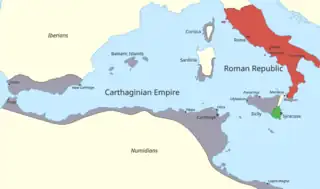
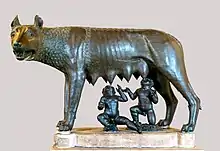
.jpg.webp)




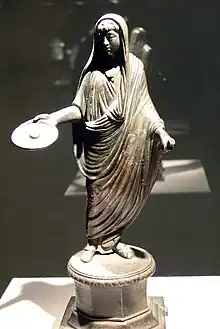

%252C_et%C3%A0_claudia.jpg.webp)


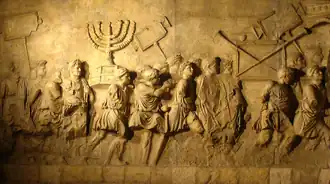
.jpg.webp)
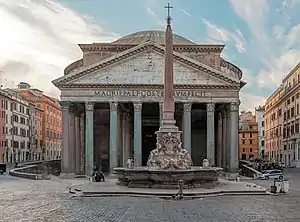

_-_Napoli_MAN_8834.jpg.webp)
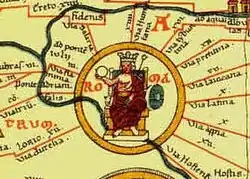

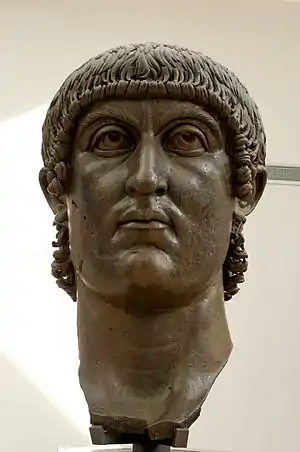

.jpg.webp)


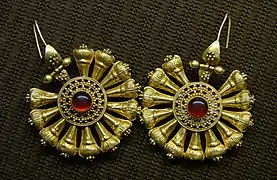
.jpg.webp)
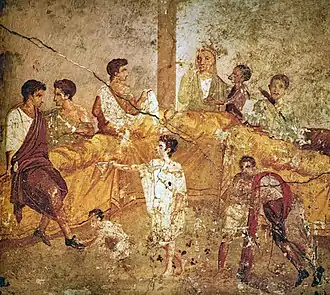

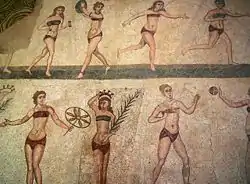
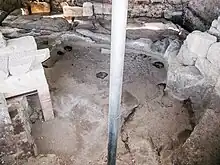
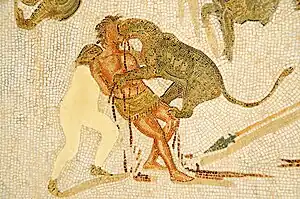
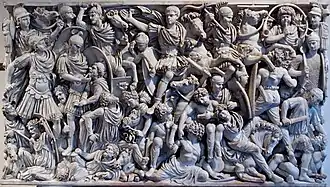

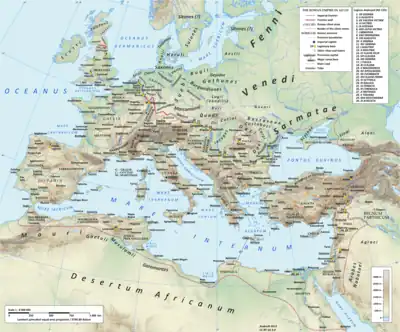
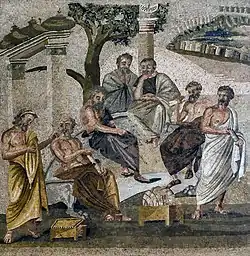





.JPG.webp)
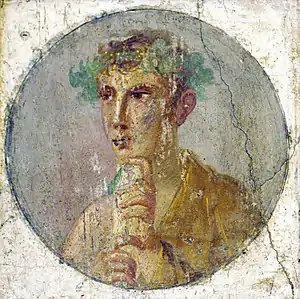
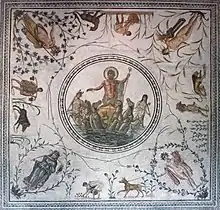
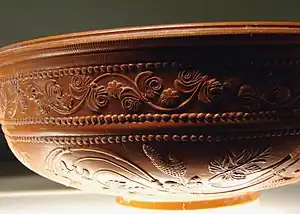
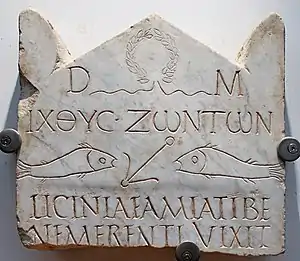



.PNG.webp)
_01.JPG.webp)
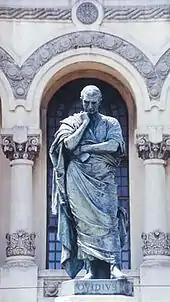

_(5917668745).jpg.webp)
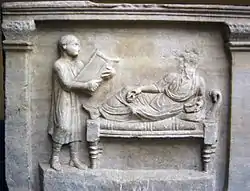

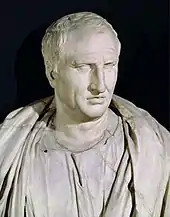
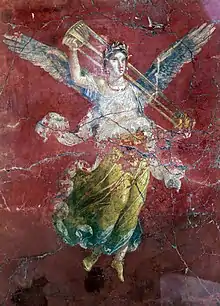

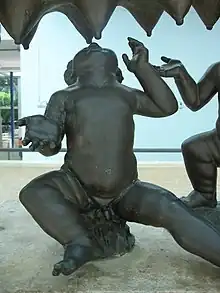
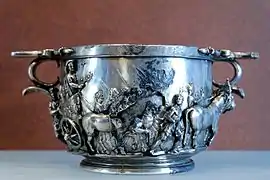
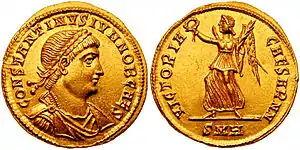


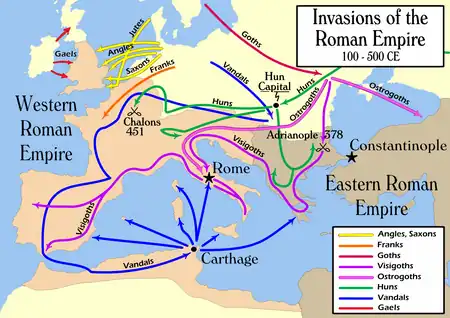


_-_Napoli_MAN_9022.jpg.webp)




